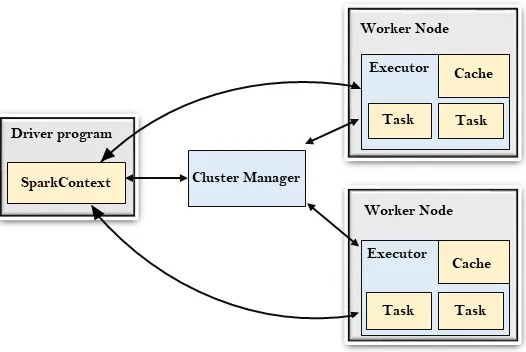../All_BlogsFebruary 9, 2025


Bigdata Frameworks
For the Beginners
NOTE
!!! This is an AI generated blog
Big Data is revolutionizing the way businesses and organizations handle vast amounts of information. To efficiently process and analyze massive datasets, specialized frameworks are required. Most of these frameworks are built using Java and excel at managing distributed tasks across multiple systems.
In this blog, we’ll take a deep dive into two of the most powerful Big Data frameworks: Apache Spark and Apache Kafka.
🚀 Apache Spark: The Lightning-Fast Data Processor
If you need blazing-fast data processing, Apache Spark is your go-to framework. It’s an open-source, distributed computing system known for its speed and ease of use. Unlike traditional MapReduce, Spark processes data in-memory, making it 100x faster for certain workloads.
🔥 Why Spark?
• Speed: Processes data in-memory, significantly reducing computation time.
• Versatility: Supports batch processing, streaming, machine learning, and graph computation.
• Easy to Use: Works with Python, Scala, Java, and R.
• Scalability: Runs on a cluster, making it easy to scale workloads.
⚙️ How Spark Works
Spark follows a distributed data processing model where tasks are divided into Resilient Distributed Datasets (RDDs) and executed in parallel across a cluster.

Fig 1: Architecture Of Spark
With its Spark Streaming module, real-time data processing becomes seamless. This is ideal for businesses dealing with real-time analytics, IoT data, and social media streams.
🏗️ Apache Kafka: The Backbone of Real-Time Data Streaming
Imagine a world where data flows seamlessly between systems in real time. That’s exactly what Apache Kafka enables. Kafka is a high-throughput message broker designed for real-time data streaming, making it a cornerstone of modern data pipelines.
⚡ Why Kafka?
• High Throughput: Can handle millions of messages per second.
• Fault Tolerance: Replicates data across multiple nodes to prevent loss.
• Real-Time Processing: Ideal for use cases like log aggregation, event streaming, and real-time analytics.
• Scalability: Designed to scale horizontally with ease.
🔄 How Kafka Works
Kafka is built around the concept of producers, brokers, and consumers:
• Producers send messages (data) to Kafka topics.
• Brokers store these messages and manage their distribution.
• Consumers subscribe to topics and process the data in real time.

Fig 2: Kafka Architecture
This architecture makes Kafka perfect for applications that require real-time event processing, such as financial transactions, monitoring systems, and log analytics.
🎯 Final Thoughts
Both Apache Spark and Apache Kafka play crucial roles in modern Big Data ecosystems. While Spark is a powerhouse for processing and analyzing large datasets, Kafka ensures seamless real-time data movement. When combined, these frameworks provide a robust solution for handling massive data streams efficiently.
💡 Want to dive deeper? Try setting up a Spark cluster and integrating it with Kafka to build a real-time analytics pipeline!
Stay tuned for more insights on Big Data, and happy coding! 🚀